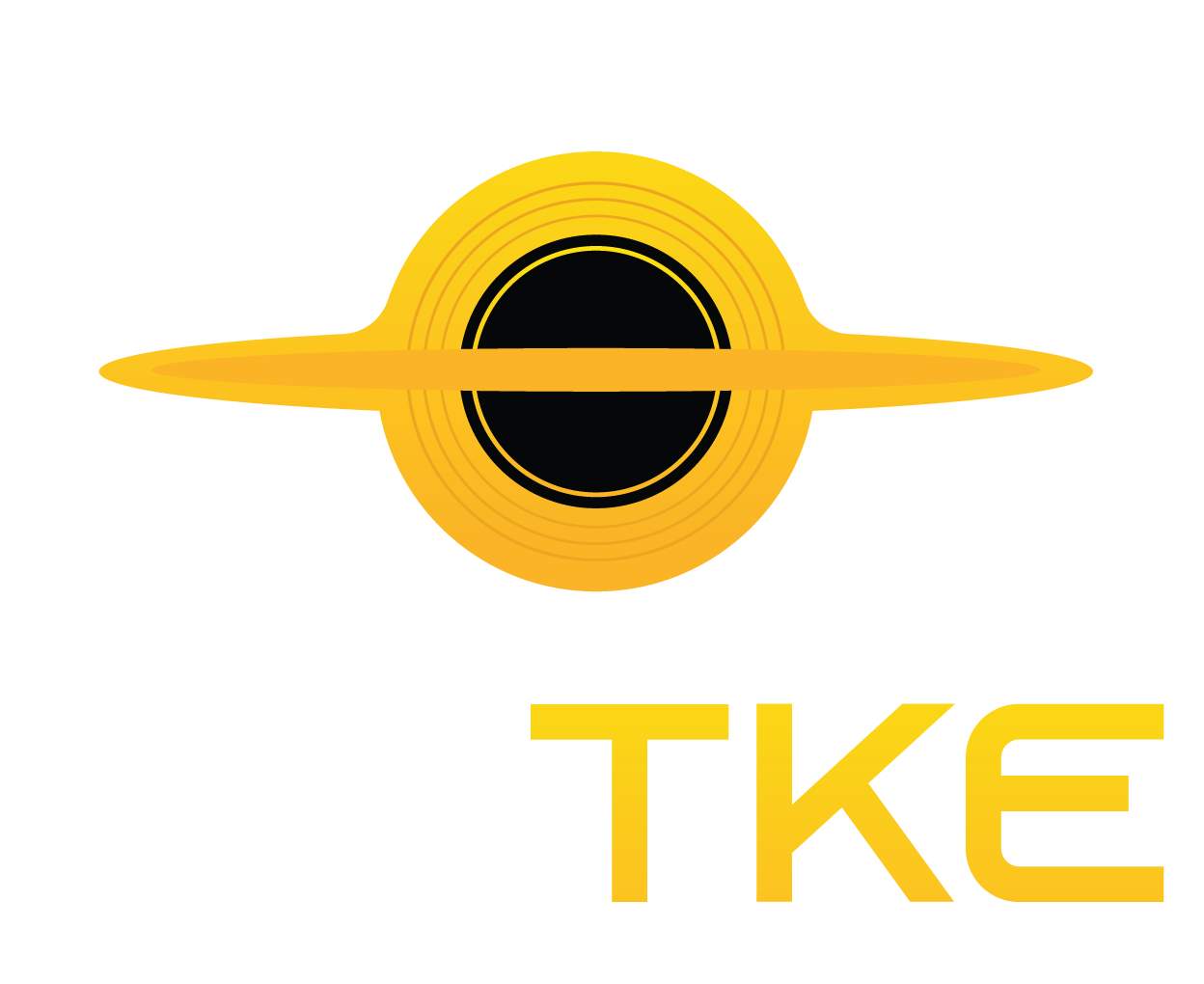We Were Wrong About Uranus: New Study Solves Long-Standing Mysteries

Recent observations have corrected a long-held misconception regarding the length of a day on Uranus.
New, more accurate measurements of the planet’s rotation have revealed that a full day on Uranus lasts 17 hours, 14 minutes, and 52 seconds. This is 28 seconds longer than previously estimated, based on data gathered by Voyager 2 during its 1986 flyby of the planet.
Impact on Scientific Reference Systems
Astrophysicist Laurent Lamy from the Paris Observatory explains, “Our new measurement not only offers an important reference for the planetary science community, but it also resolves an ongoing issue: outdated rotation period calculations led to inaccurate coordinate systems, which made it impossible to track Uranus’ magnetic poles over time.”
Uranus and Neptune are the most distant planets in our Solar System, orbiting much farther from the Sun than the inner planets. Uranus orbits at twice the distance of Saturn, while Neptune’s orbit is more than three times that of Saturn.
Because of their immense distance, these two planets appear small and faint, making them difficult to study. Additionally, their remote locations result in long journeys for spacecraft, meaning that only the Voyager mission has approached them closely, and that was decades ago.
Limitations of Existing Data and the Need for New Observations
As a result, our knowledge of the outer Solar System’s ice giants is limited and potentially influenced by the specific conditions during past flybys. Gathering new data is a challenge, but essential.
The earlier misunderstanding about the length of a day on Uranus caused significant confusion. One of the major issues was that, without a precise measurement of the planet’s day, scientists lost track of the orientation of Uranus’ magnetic poles just a few years after Voyager 2’s visit.
To remedy this, Lamy and his team revisited data collected by the Hubble Space Telescope between 2011 and 2022.During this period, Hubble repeatedly observed Uranus’ ultraviolet auroras, which form in a way similar to Earth’s auroras.
Solar wind particles collide with Uranus’ magnetosphere, getting funneled along the magnetic field lines towards the planet’s poles, where they enter the upper atmosphere. The interactions between these particles and the atmosphere produce the glowing auroras.
Uranus’ Unusual Tilt Complicates Measurements
Uranus has an unusual characteristic: its rotational axis is almost parallel to the plane of the Solar System, unlike the other planets that rotate more perpendicularly. This has made identifying the magnetic poles of Uranus more challenging.
By tracking the ultraviolet auroras, Lamy and his colleagues were able to pinpoint and trace the magnetic poles. This allowed them to precisely calculate the length of a day on Uranus.
This new measurement is highly accurate, marking the most precise calculation yet for a giant planet. In fact, the measurement is even more accurate than that of Jupiter’s rotation.The researchers can now apply the method used to determine Uranus’ rotation to other giant planets in the Solar System for precise rotational data.
With this updated longitude system, we can now compare auroral observations from nearly 40 years ago and even prepare for the upcoming Uranus mission, Lamy concludes.
Read the original article on: Science Alert
Read more: Planetary Scientist Argues for Sending a Dedicated Probe to Uranus










